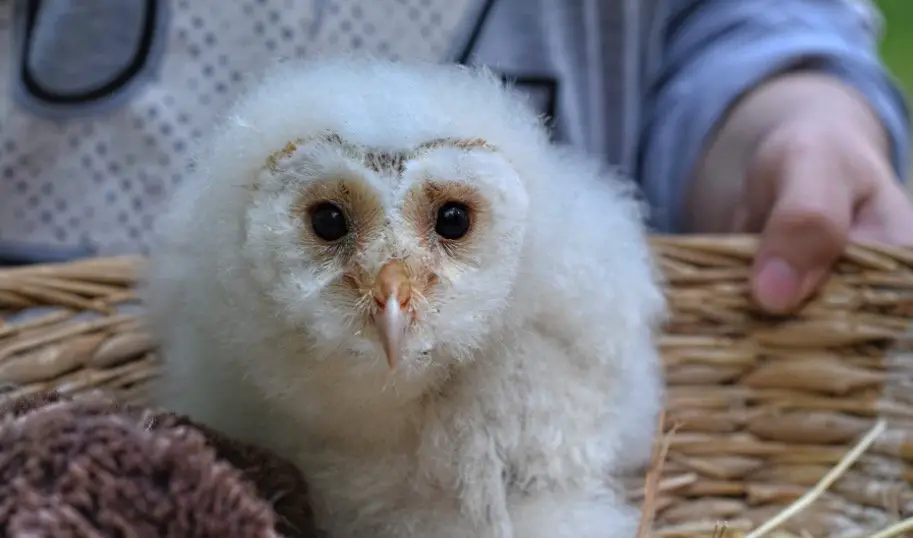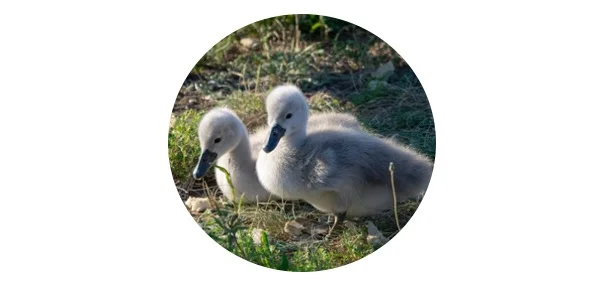Baby Birds: All the Facts, Care, and Pictures
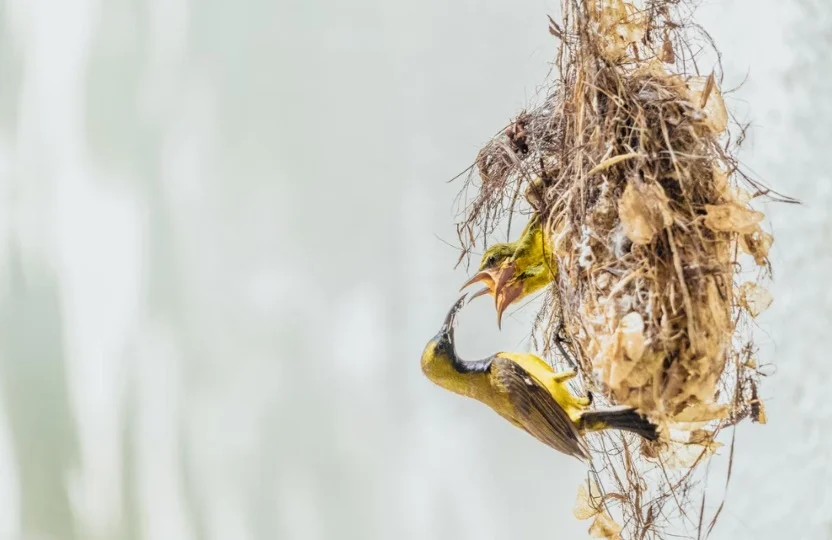
Other than cute, adorable, and charming, what is a baby bird called? What to call a baby bird depends on the species as well as age of the bird. A baby bird’s name varies by species, hence there is no single phrase to describe all newborn birds.
Instead, a newborn bird is referred to as a ‘chick.’ A little newborn bird is one of the cutest things on the planet. Birds are amazing creatures with numerous characteristics as well as activities that you may not be aware of. Did you know that some bird infants are dressed in diapers?
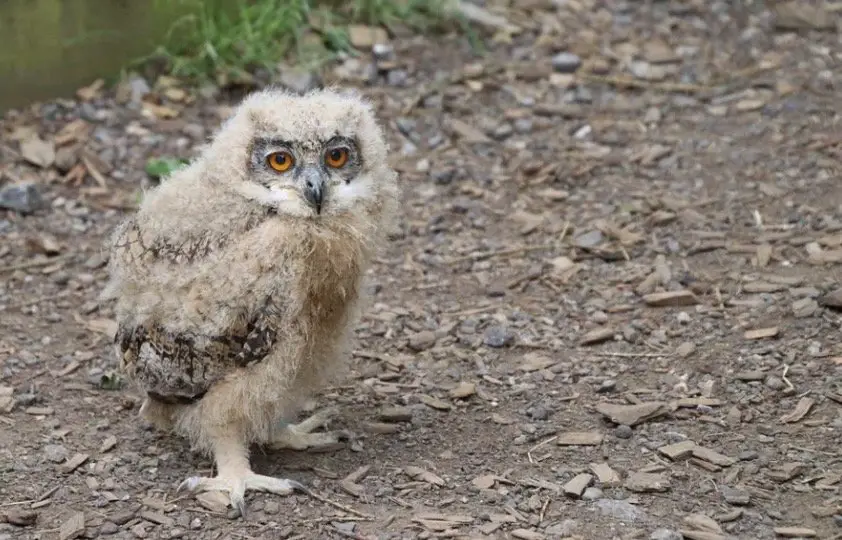
What Do You Call Baby Birds?
Baby birds have three different names, which changes based on the bird’s age as well as life stage. Hatchlings are those who have just hatched from their eggs in the nest and have not yet developed feathers. Nestling is a name given to a bird while it is still in its nest and has not yet ventured out into the world.
The next stage is fledgling, is the stage when their real feathers have grown out and they are ready to leave the nest but are not yet ready to fly. We’ll break it down further down into phases that are also utilized for distinct stages of a bird’s life:
What Is A Hatchling?
A bird that has recently hatched from its egg is referred to as a hatchling. Baby birds, known as chicks or hatchlings, are completely reliant on their parents for food, care, as well as safety. The vast majority of hatchlings are born absolutely naked, with only a few feathers on their skin.
At this point, they would generally snuggle with other nestlings to keep warm. Most chicks are born with their eyes open, and they usually stay that way for a few days. The beaks are likewise out of proportion, but they will grow into them eventually.
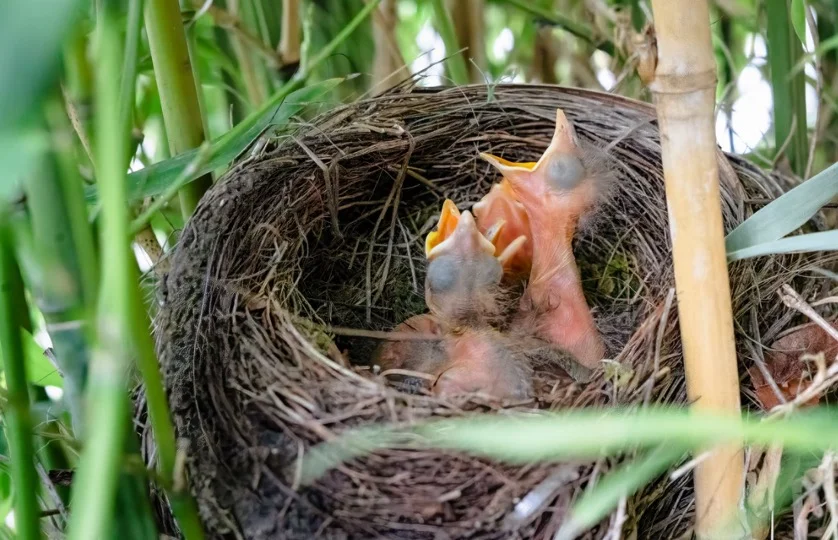
Altrical is the name used to describe the state in which many birds, notably songbirds, hatch. They are born underdeveloped, and their existence is dependent on their parent(s) to protect as well as feed them. In general, most birds do not appear adorable, they might appear rather alien-like at this stage.
Unless you chance to come upon a nest or observe a hatchling that has been evicted from the nest, you seldom see birds in this stage, since most of them will build their nests in safe and inconspicuous locations, away from predators.
What Is A Nestling?
Nestling refers to a young bird between the ages of three to thirteen days. They are significantly more competent than a hatchling at this stage, but they still require and are highly dependent on their parents’ care. Birds at the nestling stage have mostly opened their eyes.
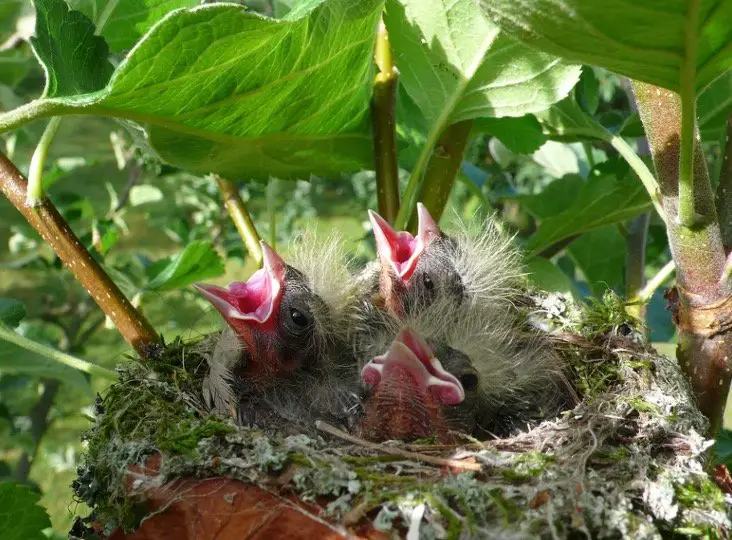
The Nestling have a covering of ‘real’ feathers rather than the fluffy down they had when they were just hatched. On closer inspection, the nestling feathers may appear to be coated with something, but this is merely where the feathers are fresh as well as still need to be groomed or ‘fluffed.’ At this time, nestlings often do not resemble their parents at all and they might appear weird!
What Is A Fledgling?
When a baby birds reach the fledgling stage, they are ready to leave their nests as well as venture out into the world for the first time. This, on average, ranges between two as well as three weeks for the majority of birds. The nests can become congested after two to three weeks of growth, with all siblings attaining significantly bigger proportions, therefore it’s a good thing they abandon the nests!
Fledglings often have the bulk of their adult feathers. They are now beginning to resemble their parents. However, they are often not completely matured and might have somewhat bland plumage. Because the feathers aren’t entirely there yet, the tail as well as wings may appear ‘stubby’ at this phase.
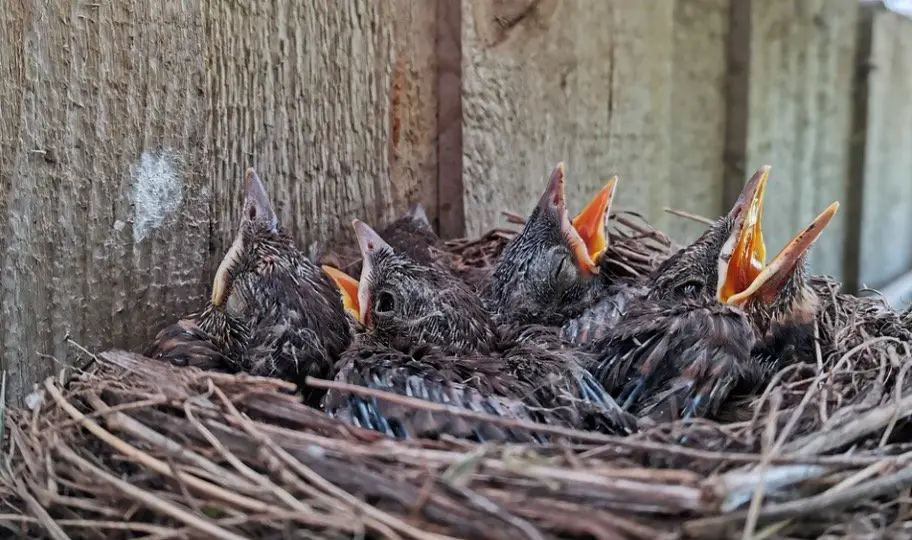
It is fairly uncommon for fledglings to be unable to completely fly after leaving their nests. They frequently spend the first few days out of the nest jumping as well as wandering about freely. They are frequently seen ‘practicing’ flight, with some fluttering.
Fledglings will remain with their relatives for the following few days (and occasionally weeks). This is an important time for young birds to observe and learn how to behave from their parents. One of the most important things to learn is how to scavenge for food. These young birds will observe their parents to learn how to do so.
In general, parents will continue to feed their young, as fledglings will frequently ask for food. This can be seen on feeders as well as on the ground. Young birds will ‘shake’ their wings as a call to alert their parents that they want to eat, and most parents will continue to feed for a short length of time. Parents will normally keep an eye on their children for a while and they will interfere if their safety is jeopardized.
What Is A Juvenile Bird?
The name “juvenile” refers to the comparable term for teens birds. They are at a point in their lives where they can generally fend for themselves if required, but they still rely on their parents for food as well as safety.
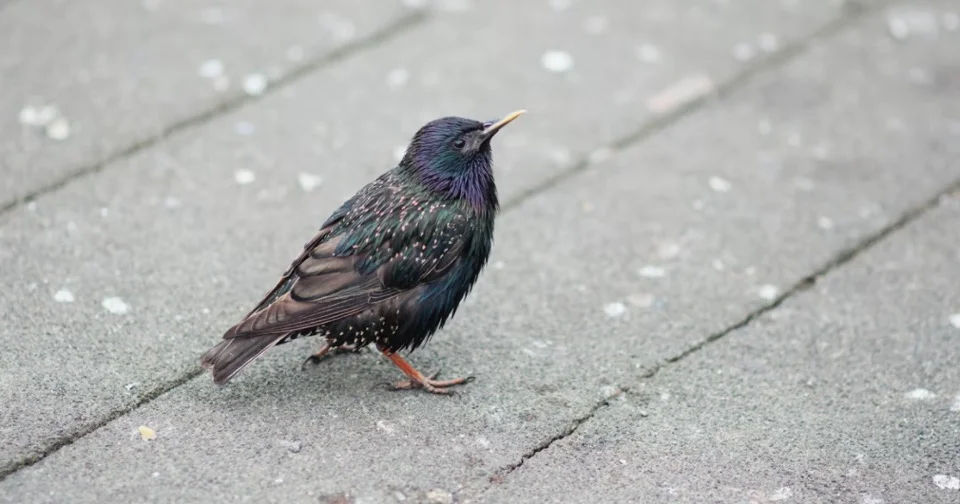
When birds reach the juvenile stage, they frequently spend a few weeks with their parents and will occasionally beg for food. Young birds will continue to learn things like hunting and obtaining food by watching their parents as well as other family members throughout this stage.
Juvenile birds resemble their adult counterparts in appearance, but lack some of the brilliant colors or patterns present on adult plumage.
Special Names For Young Birds
Some bird species have distinctive names for their chicks. Here are a few examples:
- Chicken: Poult, cockerel (male), pullet (female)
- Crane: Colt
- Dove: Squab, squeaker
- Duck: Duckling
- Eagle: Eaglet
- Falcon: Eyas
- Goose: Gosling
- Grouse: Cheeper, squealer
- Guineafowl: Keet
- Loon: Loonlet
- Owl: Owlet
- Puffin: Puffling
- Sandpiper: Peep
- Swan: Cygnet, flapper
- Turkey: Poult, jake (male), jenny (female)
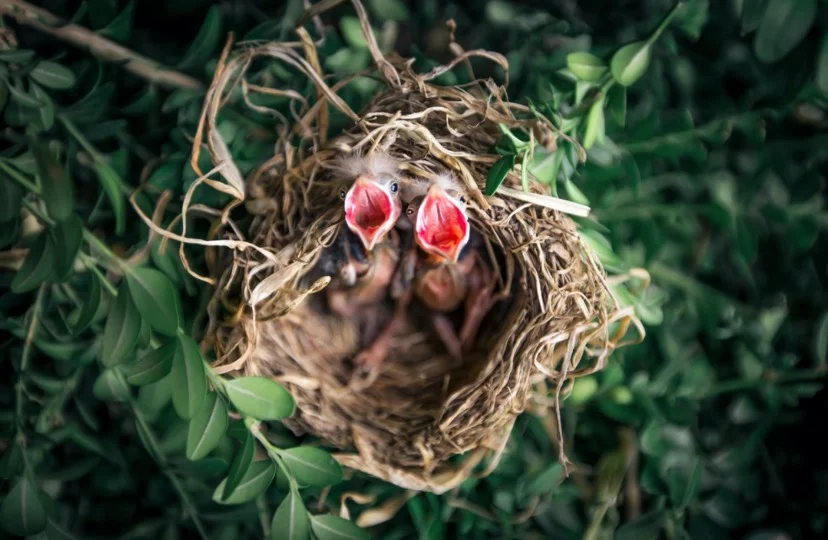
What Is A Most Common Name Of A Baby Bird?
A baby bird is referred to as a chick. A clutch or brood is a collection of them. People sometimes refer to them as hatchlings because they are born from eggs! Birds are the only animals on the planet with the term chick!
What Is A Group Of Baby Birds Called?
A clutch or brood are the most common collective nouns used to denote a group of young birds. The eggs deposited by a bird in the nest are sometimes referred to as clutches.
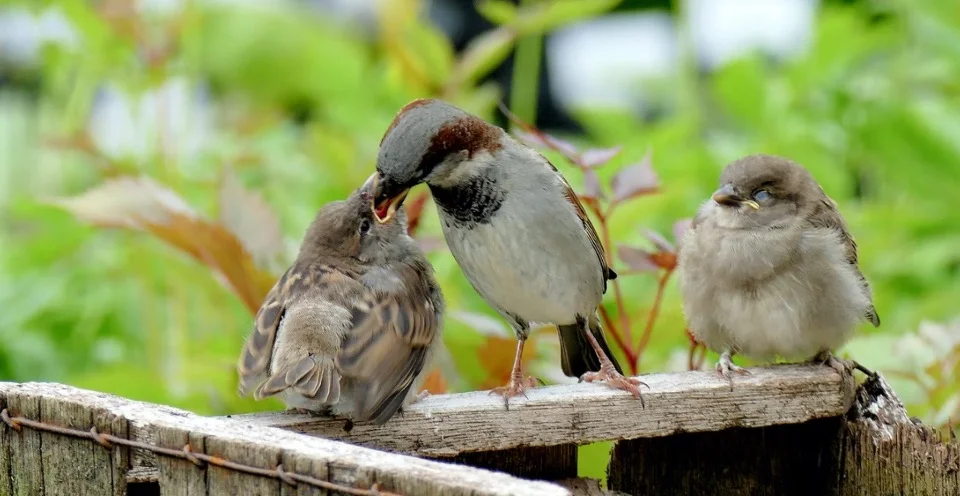
Can You Touch Baby Bird?
You’ve undoubtedly heard at least once that you should never touch a newborn bird. If the mother smells you on her kid, won’t she reject you? That is not correct, and there are various reasons for this.
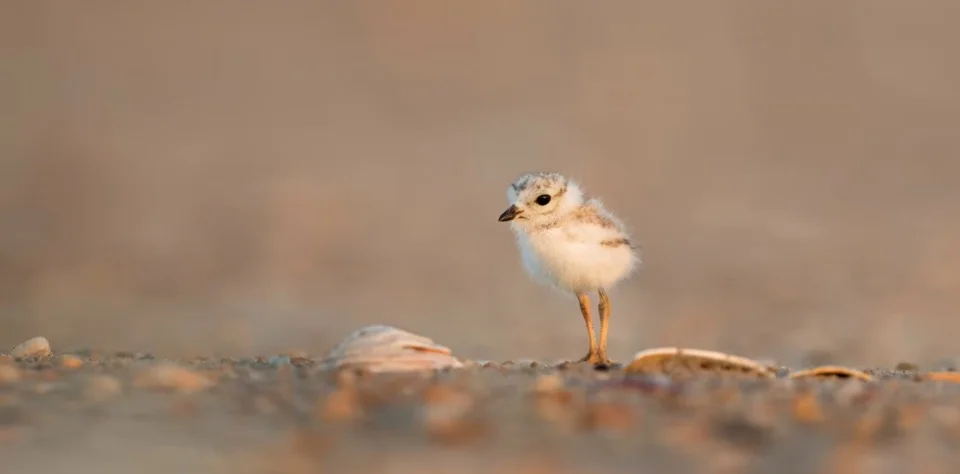
The first factor that disproves this idea is that birds do not have excellent senses of smell. To traverse the world, they rely mostly on their strong senses of sight as well as hearing. Their nose, on the other hand, isn’t particularly keen.
They would not be able to detect a person quickly. Second, mother birds hardly or never abandon their young. They are often overly protective as well as possessive towards their offspring. It’s simply not in their nature to leave them.
What Do Baby Birds Eat?
For wild birds, spring is a hectic time of year, with breeding, nest-building, as well as raising young in full swing. When fledgling birds hatch from their shells, they are utterly reliant on their parents for everything.
Baby birds have no option but to rely on their parents for nourishment since they are so fragile. Because newly hatched baby birds cannot digest food due to underdeveloped digestive system, their parents must partially digest it to make it safe for their young to consume.
Baby birds in the wild eat the same food as their parents, which includes insects, seeds, as well as worms. When a bird parent is looking for food for its young, it will pick up an insect, worm, or seed and devour it. When the bird returns to the nest, it will vomit what it has just eaten in order to soften it before giving it to its offspring.
What To Feed A Wild Baby Bird?
If you come across a baby bird in the wild that looks to be abandoned as well as in need of care, you might be unsure what to do. If at all feasible, contact a local bird rescue group to see what they recommend. If this isn’t feasible, do whatever you can to save the small bird.
An abandoned young bird that is unable to fly will not live long on the ground since it is an accessible prey for a predator. If a predator such as a cat, fox, or hawk does not get the bird, it will most likely die of thirst or malnutrition.
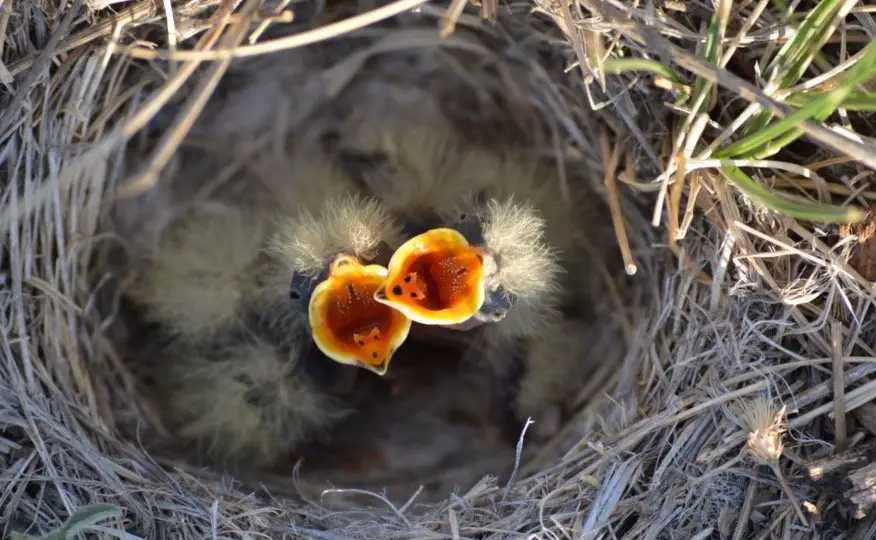
That’s why, when you come upon a young bird left alone, time works against you. You may be able to preserve the fledgling bird by feeding it soft as well as spongy food that has been soaked in water but is not excessively saturated.
But first and foremost, you should get that small bird up as well as off the ground. Pick up the bird with care and place it in a box lined with tissues, paper towels, or similar soft material. If possible, transport the bird to a calm, safe spot to feed it.
Keep in mind that newborn birds are tube fed by expert bird rehabbers. If you have a food dropper, that’s fantastic! Alternatively, cut a small corner off a baggie, place the softened food inside, and carefully squeeze a tiny portion of it into the baby bird’s mouth.
Be patient and do not force meals on the infant. To maximize its chances of survival, the baby bird should take the food you’re providing it.
How To Care Baby Birds?
Parents frequently feed their young birds. They eat every 10 to 20 minutes on average for 12-14 hours each day, depending on the species. The majority of their food consists of proteins, which are mostly given by insects in order for them to grow properly.
Although it is acceptable to try to preserve a fledgling bird by feeding it yourself, only a professional bird rehabber has the necessary food, equipment, vitamins, as well as know-how to sustain such a strict feeding regimen.
This suggests that the small bird should be delivered to a bird rescue group as soon as feasible. Without adequate feeding as well as care, a newborn bird cannot survive for more than 24 hours.
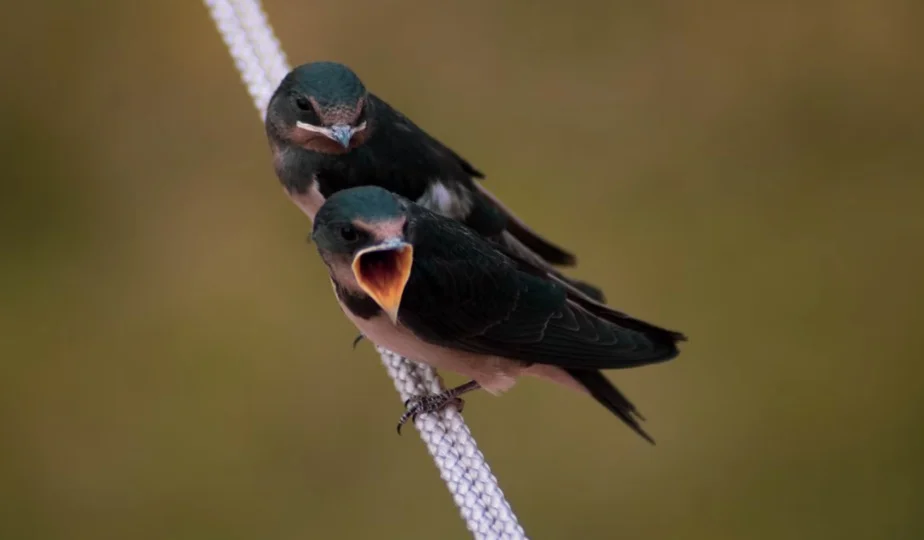
How To Tell If A Baby Bird Is Orphaned?
When you see a baby bird or a juvenile bird on the ground, your first thought is generally to pick it up as well as help it. But, before you move and react, make certain that the small bird truly requires your assistance.
Depending on its age, a newborn bird is classified as a nestling or a fledgling. The majority of newborn birds discovered on the ground are fledglings. These birds have just left the nest, can’t fly yet, and are under the cautious attention of their parents, so they don’t want your assistance.
How To ID A Fledgling?
A fledgling is feathered, capable of hopping, fluttering, and can securely grasp your finger or a twig. A fledgling is a juvenile bird with a short tail that is fluffy as well as inexpensive to look at.
If you see a fledgling on the ground, there’s no reason to intervene unless you wish to move the bird out of harm’s way. It is OK to place a fledgling on a neighboring limb in order to keep it away from pets like as dogs or cats.
However, putting a fledgling back in its nest will not help since it will just leap out again. This small bird’s parents are probably busy tending to other fledglings that are spread around. Those parents will soon appear to tend to the fledgling you discovered.
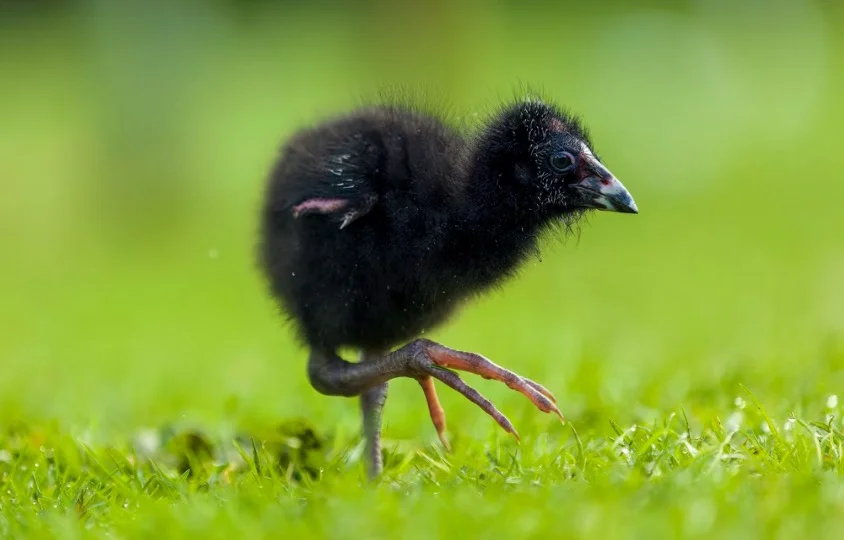
How To ID A Nestling?
If the tiny bird has few feathers and can’t hop, flutter, or hold your finger securely, it’s a nestling that escaped. If you can discover the nest, return the fledgling as quickly as possible.
Don’t believe the urban legend that states bird parents would abandon their offspring if it comes into contact with people; it’s just not true.
If you can’t find the nest, have discovered both parents are dead, or are certain the fledgling bird is an orphan, you should intervene as well as assist. As previously said, a skilled bird rehabilitator is the ideal individual to care for the fledgling you discovered.
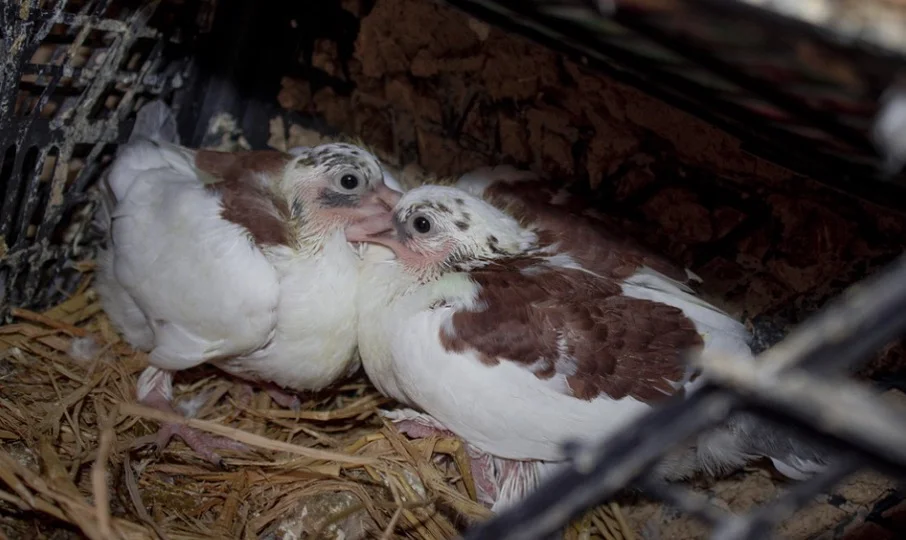
Why Baby Pigeons Are A Rare Sight?
Did you know that seeing a newborn pigeon in the wild is quite rare? In fact, because young pigeons are so rare, it’s common for people to believe they’re not genuine. However, there is a logical explanation for their evasion.
The reality is that when pigeons are young, they spend all of their time in their nests. Pigeons used to make their nests on cliffs and in caves to keep safe before towns, roads, as well as buildings were developed.
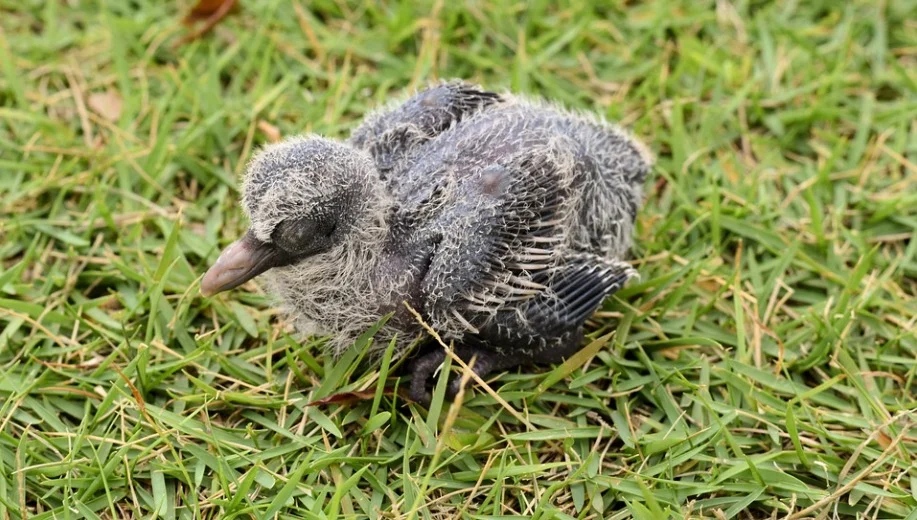
Skyscrapers as well as other man-made structures give lots of sites for nests to be erected these days. However, they are frequently out of sight for humans, which is why infants are so infrequently seen.
Baby pigeons are four to six weeks old when they are ready to leave their nest. While the baby birds are still young, they are nearly adult size at this age.
The ordinary human cannot tell the animal is still a baby. The feathers on their heads are the clearest way to tell a young pigeon from an adult — infants have a few downy feathers left.
Do Baby Cuckoo Birds Invade Nests?
When it comes to egg laying, cuckoo birds are among the most unusual. Unlike other birds, who build their nest to perch above their chicks, cuckoo birds rear their young in the nests of other species.
When a female cuckoo bird is ready to deposit her baby bird egg, she encounters a problem: most mother birds are highly protective of their nests. This implies that if a mother bird is aware of her surroundings, the female cuckoo will have a difficult time sneaking in her egg.
This means that female cuckoos must create a diversion in order to fulfill their goal. This happens when the male cuckoo enters and distracts the nest owner, allowing the mother cuckoo to sneak her eggs inside the nest.
The host mother, on the other hand, does not take long to return to her nest. That’s why cuckoo birds are one of the quickest egg layers on the planet, capable of laying an egg in 10 seconds or less!
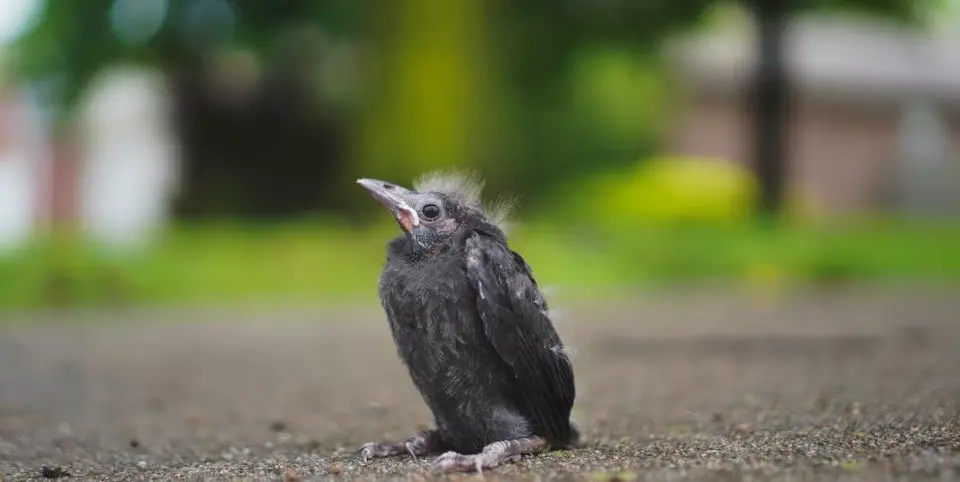
The unorthodox child-rearing of a cuckoo does not end there. When a newborn cuckoo bird is hatched, it will do whatever to secure its survival. Because cuckoo eggs have a shorter gestation period than other eggs, they hatch earliest.
If they don’t exploit this advantage to push other eggs out of the nest, their huge feet will occasionally stomp other newborns. Despite the fact that newborn cuckoo birds never see their parents and are reared by birds of a different species, they behave like cuckoo birds.
They have pre-programmed brains that let them to grasp mating patterns, migration, as well as behavior. Despite not being reared by an adult cuckoo, studies demonstrate that newborn cuckoos can identify adult cuckoo calls from other birds.
Do Baby Birds Wear Diapers!
If you’ve ever spent time with a human infant, you’re well aware that babies poop frequently. The same is true when it comes to chicks. When you look into a nest, you don’t commonly notice mounds of bird feces. So, where does it all end up?
Many young bird defecate into a fecal sac every time they make a bowel movement. This fecal sac is a mucousy encasement that contains excrement as well as makes it easier to remove. When a bird chick poops, its parents have two options: dispose of it or consume it.
Although eating a baby’s feces may seem horrible to humans, it is typical as well as healthful for birds. Chicks have undeveloped stomachs that are unable to adequately digest the food they consume. This implies that many of the food remains in their feces are still nutritionally valuable.
As a result, when the parents eat the excrement, they absorb the leftover nourishment. Consuming excrement is also thought to be a protective measure since disposing of it near the nest may attract predators.
What To Do If You Find A Baby Bird?
Baby birds are the most prevalent patients at the Wildlife Care Center in the spring as well as in the summer. Many baby birds, on the other hand, do not require rescue and would be considerably better cared for by their parents in the wild. It is vital to assess whether or not the animal you have found requires assistance before bringing a newborn bird to the Care Center.
i. Is The Baby Bird Visibly Hurt Or Sick?
Has it had any interaction with a dog or cat (even if it looks to be unharmed), or has it been in human care for more than 12 hours? If you responded yes to any of the above questions, the bird will almost certainly need to be treated in the Care Center.
ii. Is The Bird A Nestling?
The bird is referred to as a “nestling” whether it lacks feathers, has fluffy wisps of feathers, or a combination of pinfeathers as well as wisps. Nestling birds are too young to go about as well as should not be allowed to leave their nests.
Here’s what you can do if you locate a nestling that has fallen from its nest: Look find the bird’s nest if possible and restore it to its natural habitat. A surrogate nest can be utilized if the original nest is destroyed or inaccessible.
Attach a berry basket or small container (with drainage holes) on a limb near where the original nest was placed to create a surrogate nest. Place it in a shaded area that is not exposed to direct sunlight or rain.
Keep an eye out from a distance to see if the parents return. It may take many hours for the parents to feel comfortable approaching the nestling. Also, keep in mind that parent birds’ visits may be brief as well as easy to overlook because they are busy gathering food.
If the parents do not return, or if the youngster is found on the ground again, please contact our Wildlife Hotline.
iii. Is The Bird A Fledgling?
Many species, including robins, scrub jays, crows, as well as owls, leave the nest and spend up to 5 days on the ground before learning to fly. Birds of this age are referred to as “fledglings,”. This period of inactivity is a natural as well as necessary component of the development of young birds.
Fledglings can walk, hop, flap, and they may attempt brief flights. They frequently hang around near bushes or low trees as well as may hop/climb pretty high. It is critical to leave the chick with its parents unless the bird is injured.
If you are concerned that the parents are not visiting the fledgling, give the bird lots of room by keeping dogs and humans away from it. Keep an eye on it from a safe distance. During this time, fledglings strengthen their flying muscles and acquire important life skills from their parents, such as seeking food and detecting predators.
Captivity deprives young birds of the opportunity to gain the abilities they will need to live in the wild. It is vital not to relocate a fledgling, even if you believe it is in danger, because it is still dependent on its parents for life. It is critical to distinguish between damaged young birds and injured adult animals.
Fledglings usually have all of their feathers, although their tail and wing feathers are shorter than those of adults. Their coloring is frequently varied as well, generally more concealed than adult coloring.
